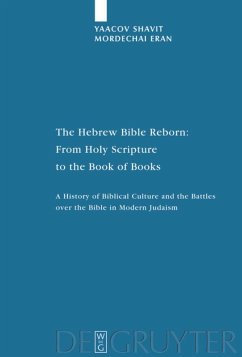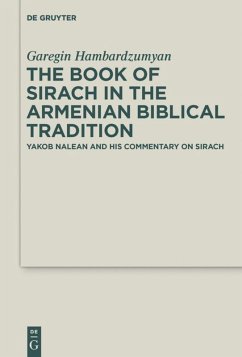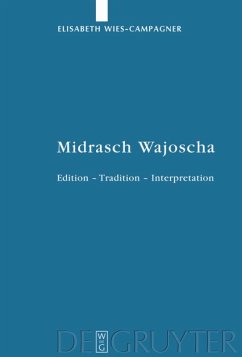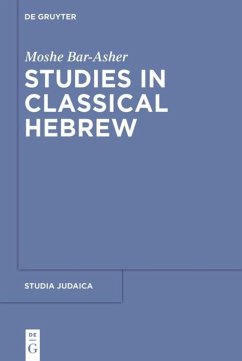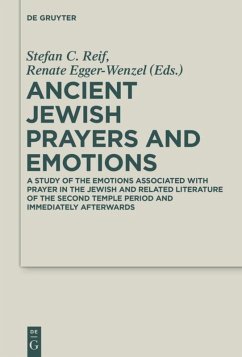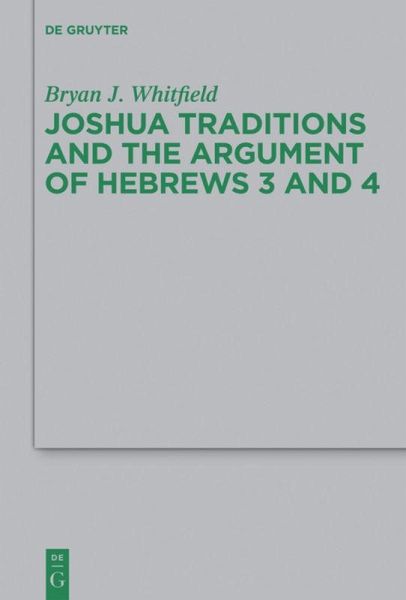
Joshua Traditions and the Argument of Hebrews 3 and 4

PAYBACK Punkte
60 °P sammeln!
This monograph examines the place of chapters 3 and 4 in the larger argument of Hebrews, particularly the relationship of the people of God in Heb 3:7â??4:13 to the surrounding discussion of the high priest. The connection between the great high priest and the people of God proved a central question for twentieth-century scholars, including Ernst Käsemann. The first chapter of this work examines previous attempts to explain the flow of the argument and revisits the proposal of J. Rendel Harris, who thought attention to the two Joshuas of the Hebrew Bible was the key to connecting Heb 3:7â??4:13 to its frame. The second chapter examines reading practices within Second Temple Judaism that shaped those of the author of Hebrews. Two subsequent chapters explore the history of Second Temple interpretation of the texts central to Harrisâ??s proposal: Numbers 13â??14 and Zechariah 3. The Levi-priestly tradition receives particular attention. The following chapter provides a careful study of the early chapters of Hebrews that explores allusions and echoes to Numbers and to Zechariah. The monograph concludes with a positive assessment of much of Harrisâ??s proposal.







